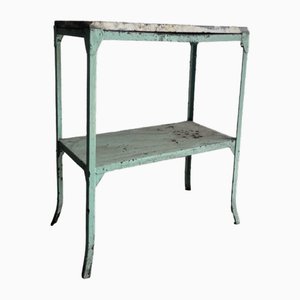Shipping quote request
We’ll calculate the shipping price as soon as getting your request.
Shipping quote request
We’ll calculate the shipping price as soon as getting your request.
You May Also Like
Sponsored Products
More from this Dealer
Large Mid-Century Ceramic Vase

Antique Eastlake Victorian Carved Walnut & Marble Top Dresser

Mignon Clock by Moreau (Mlle DOr)

Industrial Two Tier Metal Side Table

French Two-Armed Floor Lamp, 1950s

Marble Inox Coffee Table

Decorative Colorful Painting Screen

Vintage Modern Armchair

Vintage Wooden Armchair

Decorative Colorful Painting Screen

Neo Classical Sculpted Console Table

Antique Flemish Wooden and Leather Chairs, Set of 8

Mid-Century Barstools in Metal, Set of 2

Vintage Metal and Wooden Seating Garden Armchairs, 1970s, Set of 4

Vintage Italian Travertine Coffee Table, 1960s

Danish Dining Table in Wood with with Grey Top from Magnus Olesen, 1970s

Vintage Chair in White

Mid-Century Three-Legged Stool with Backrest in Wood, 1950s

Brutalistic Round Slate Iron Coffee Table, 1970s

Decorative Colourful Painting Screen

More Products
Get in Touch
Make An Offer
We noticed you are new to Pamono!
Please accept the Terms & Conditions and Privacy Policy
Get in Touch
Make An Offer
Almost There!
To follow your conversation on the platform, please complete the registration. To proceed with your offer on the platform, please complete the registration.Successful
Thanks for your inquiry, someone from our team will be in touch shortly
If you are a Design Professional, please apply here to get the benefits of the Pamono Trade Program